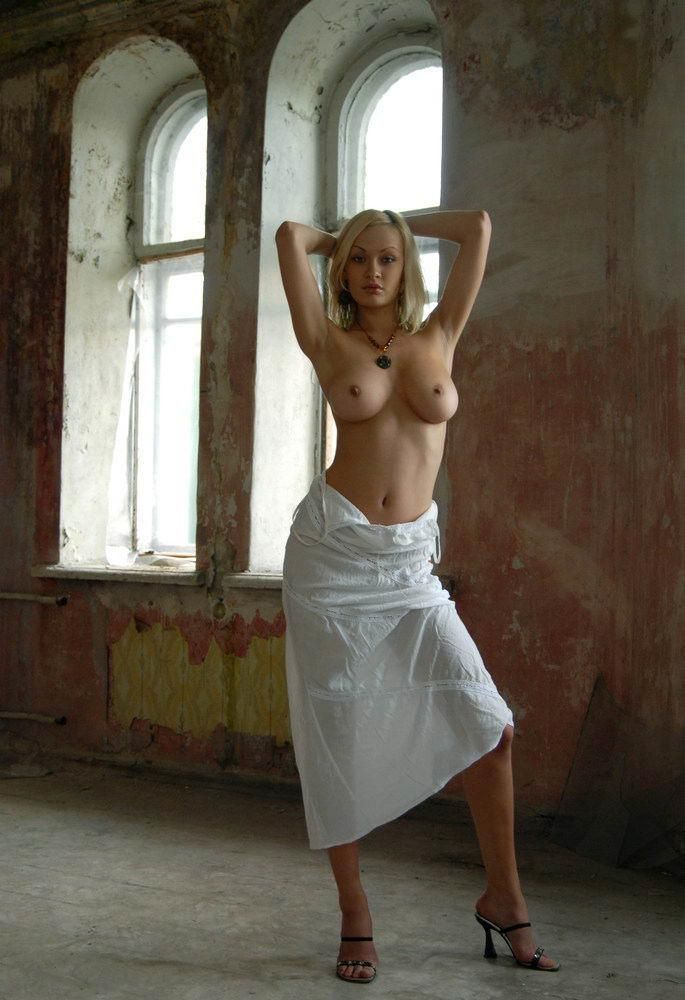|
|
Young Blonde Girl Wearing Medallion Necklace In The Old House
|
The medieval revival seems to have begun around 1400 with the extravagant French prince Jean, Duc de Berry, who commissioned a number of large classicising medals that were probably produced in very small numbers, or a unique cast. Only casts in bronze from the originals in precious metal survive; at least some medals were also set with jewels, and these may well have been worn on a chain. At the same period the first known medal post-classical medal commemorating a victory was struck for Francesco Carrara (Novello) on the occasion of the capture of Padua in 1390. The Italian artist Pisanello, generally agreed to be the finest medallist of the Renaissance, began in 1438 with a medal celebrating the unprecedented visit of the Byzantine Emperor John VIII Palaiologos to Italy. This was presumably a commercial venture, but his later medals were mostly commissioned for distribution as gifts by rulers or nobles; like almost all early Renaissance medals it was cast rather than die-struck. With each successive cast the medal became slightly smaller, and the numbers that could be produced was probably not large. A lead "proof" was probably often used. The association between medals and the classical revival began to take a rather different form, and the exchange of medals became associated with Renaissance Humanism; princes would send humanist writers and scholars medals in recognition of their work, and the humanists began to make their own medals, normally in bronze, to send to their patrons and peers. The fashion remained restricted to Italy until near the end of the 15th century, when it spread to other countries. By the 16th century medals were increasingly produced by rulers or cities for propaganda purposes. In 1550 a die-stamping machine, using steel dies, was introduced in Augsburg, Germany, and soon this process became standard; the artist now cut an intaglio die rather than modelling in relief.
By the 16th century the wearing of smaller medals on a chain was a persistent fashion for both sexes, and a variety of medals were produced commercially for the purpose, commemorating persons or events, or just with non-specific suitable sentiments. German artists had been producing high-quality medals from the beginning of the century; the French and British were slower to produce fine work, but by the late 17th century most parts of Western Europe could produce fine work. Medals were also collected, which continues to the present day. Official medals, from which specialized military awards descended, were increasingly produced, but the real growth in military medals did not come until the 19th century. Devotional medals also became very popular in Catholic countries; during the Reformation there had also been a vigorous tradition of Protestant medals, more polemical than devotional, which continued with the Geuzen medals produced in the Dutch Revolt.
|
|









